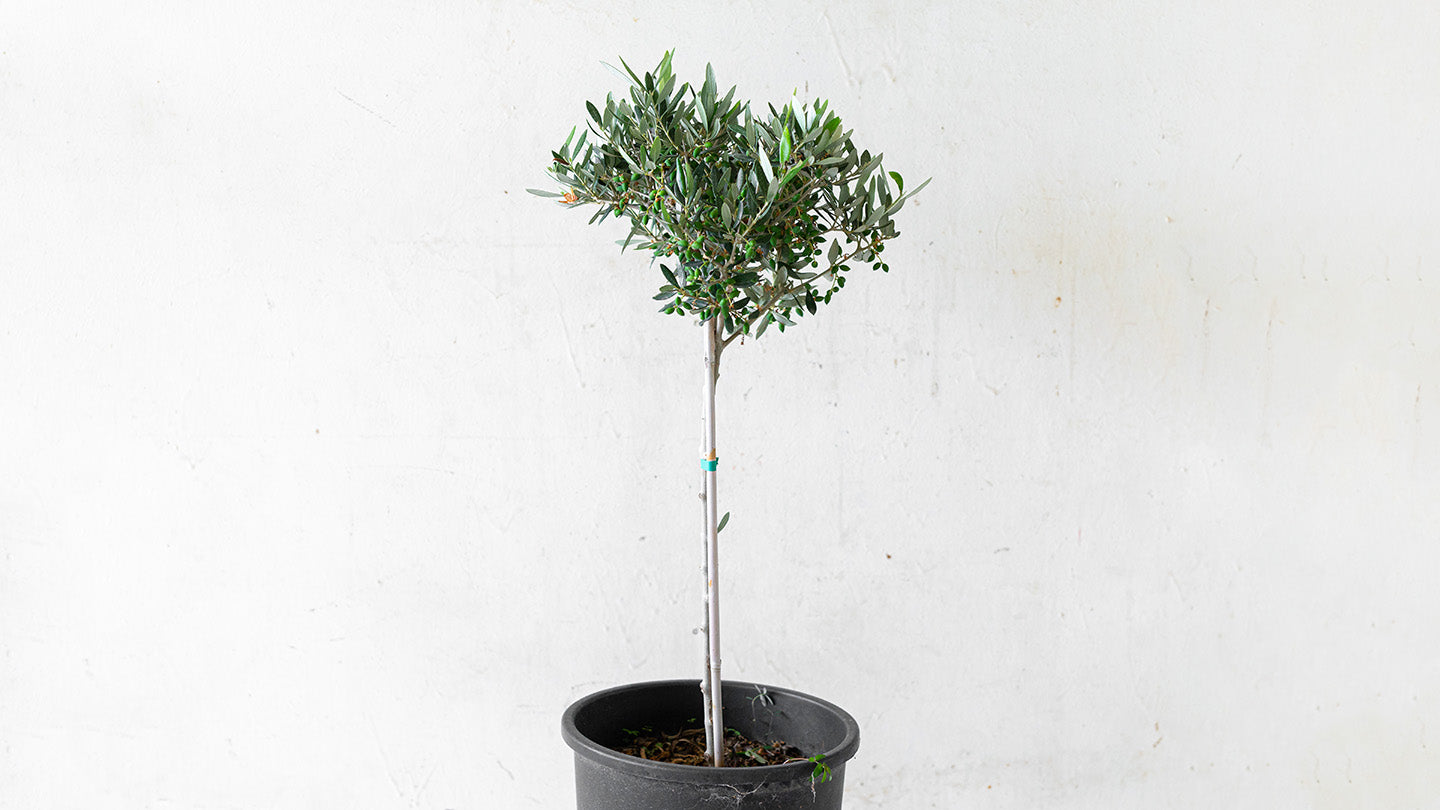cybloom
Olive Tree Stem
Regular price
€38,50 EUR
Regular price
€47,90 EUR
Sale price
€38,50 EUR
Unit price
per
Tax included.
Couldn't load pickup availability
Family: Oleaceae
Origin: Europe
Temperature & Humidity: Fruitless olive trees can handle a range of temperatures, from desert heat to a bit of cold, and can tolerate some short-term frost. They are generally hardy down to 15 degrees Fahrenheit, though they should not be kept at that temperature for very long at all. Generally, they do best with a hot, dry summer and mild winter.
Lightning: All types of olive trees require full sun for healthy, prosperous growth. A good goal is to plant your olive tree in a place that gets at least eight hours of sunight a day. Keep in mind that those requirements will need to be maintained as the tree gets larger, too, so be wary of nearby houses or other large trees.
The Soil: While fruitless olive trees can handle a variety of different soil conditions, it's imperative that whatever mixture you choose has excellent drainage. For best success, plant your tree in a soil blend that is rocky or sandy (this can include mixing potting soil with perlite or gravel).
The Soil: While fruitless olive trees can handle a variety of different soil conditions, it's imperative that whatever mixture you choose has excellent drainage. For best success, plant your tree in a soil blend that is rocky or sandy (this can include mixing potting soil with perlite or gravel).
Watering: Although fruitless olive trees are very drought tolerant, they should be given some supplemental water as they are first becoming established, and a bit during extreme heat and dry periods. Water your tree at its base and roots so you don't damage its delicate leaves.
Fertilizer: While your fruitless olive tree is young, an annual application of high-nitrogen fertilizer in spring will encourage new healthy growth.
Reproduction: Once your fruitless olive is established, it requires very little care. They are extremely drought tolerant and prone to a few problems or pests. The trees can produce suckers and may need to be pruned annually to keep their shape.
Transfer: Repot regularly – young plants roughly every two years, older plants roughly every five years. If your tree becomes too large to repot, the choice of growing medium and good fertilisation is all the more important.
Features of Care: With their contorted shape, fruitless olive trees make for a beautiful addition to lawns and landscapes. Their care is similar to that of a traditional olive tree, so as long as you live in the proper growing zone, you should have no issue tending to these Mediterranean beauties.
Difficulties: There are several issues you may have to deal with when growing a fruitless olive tree. The branch and twig borer, a type of beetle, will bore holes into the olive tree to lay its eggs. The newly-hatched borers will burrow even further into the tree and can eventually kill the twig or branch they are in.


